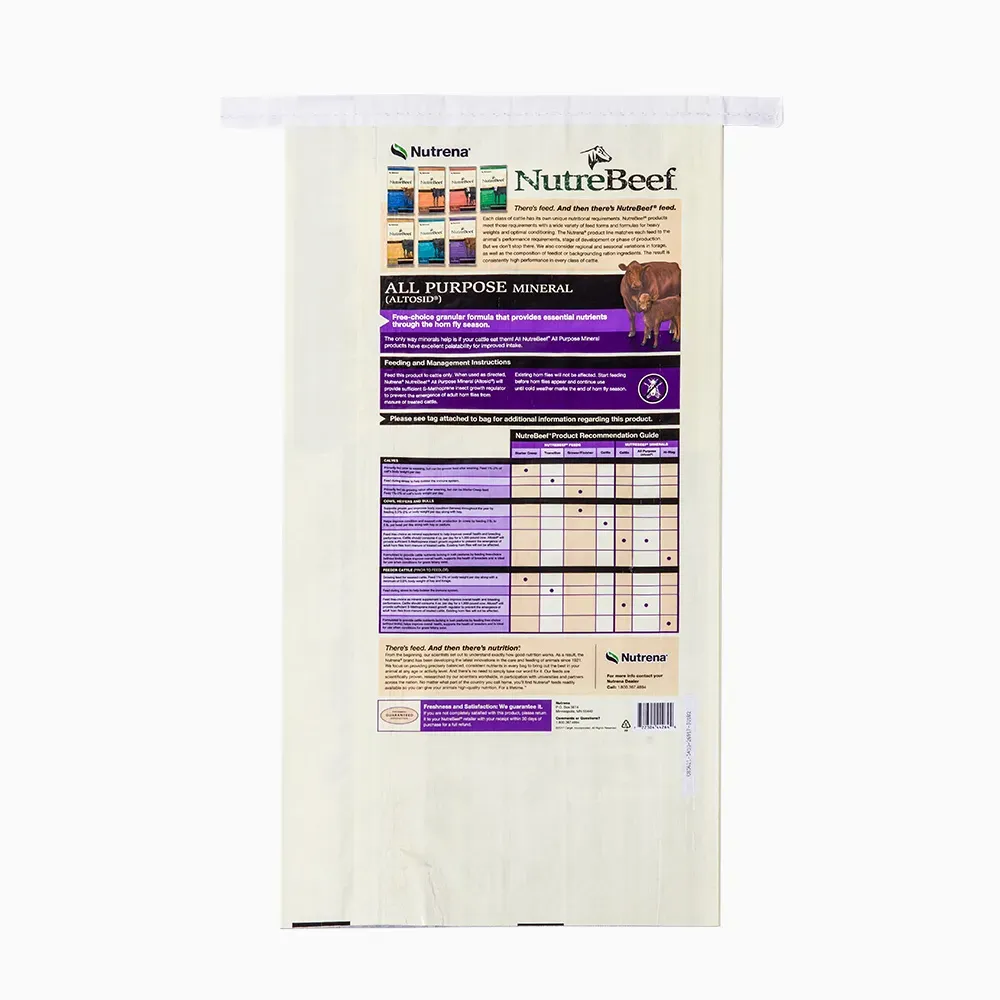
Woven poly bags, including fabric poly sacks and PP woven sacks, have gained popularity in various industries due to their durability, versatility, and aesthetic appeal. One of the innovations driving this growth is fine filament technology, which creates finer strands of polypropylene that contribute to enhanced bag performance. This article will delve into the principles of fine filament technology, its advantages in producing high-quality woven bags, and its significant impact on the packaging industry.
What Are Woven Poly Bags?
Woven poly bags are made from polypropylene (PP) fibers, woven together to create a robust and lightweight packaging solution. They are widely used in agriculture, construction, and retail due to their high strength, resistance to moisture, and customizability. Among the different types of woven bags, fabric poly sacks are particularly notable for their ability to carry heavy loads while maintaining structural integrity.
The Science Behind Fine Filament Technology
Fine filament technology involves the use of thinner strands of polypropylene during the weaving process. Unlike traditional weaving methods, which utilize thicker filaments, this innovative approach allows manufacturers to produce a denser fabric that results in numerous benefits:
- Higher Density: The finer threads allow for a tighter weave, resulting in a denser fabric. This increased density enhances the bag’s overall strength and durability.
- Improved Tensile Strength: Fine filaments enhance the tensile strength of the woven fabric, allowing it to withstand greater stress without tearing.
- Enhanced Aesthetic Appeal: The finer texture provides a smoother finish, leading to better print quality for branding and design purposes.
Key Advantages of Fine Filament Technology in Fabric Poly Bags
The integration of fine filament technology in the production of poly woven bags offers numerous advantages, making them an ideal choice for various applications.
1. High Density and Strength
Fine filament technology allows for a higher density in woven bags, which translates to increased load-bearing capacity. The tight weave can support more weight, making these bags suitable for heavy-duty applications such as construction materials or agricultural products.
| Product Type | Thickness (mm) | Load Capacity (kg) | Tensile Strength (N) |
|---|---|---|---|
| Traditional Woven Bag | 1.0 – 1.5 | 25 – 40 | 1500 – 2000 |
| Fine Filament Woven Bag | 0.5 – 1.0 | 40 – 60 | 2500 – 3000 |
2. Excellent Load-Carrying Capability
Thanks to the increased strength and density, fabric poly sacks can handle heavier loads without compromising their structural integrity. This capability makes them essential for industries where packaging reliability is crucial, such as the construction sector or bulk agricultural storage.
3. Superior Aesthetics
With finer threads, the fabric appears smoother and more visually appealing. This characteristic is particularly advantageous for brands that want to enhance their product presentation. Improved aesthetics also mean better printing quality, allowing for vibrant graphics and clear logos on woven bags.
4. Versatility
Fine filament technology allows for more versatile applications. The improved flexibility and strength enable the production of a range of bag types, from heavy-duty construction sacks to lightweight retail bags. This versatility is essential in meeting diverse customer needs across different sectors.
Environmental Considerations
As industries increasingly prioritize sustainability, the impact of fine filament technology on the environment is worth noting. By producing stronger bags with lower material consumption, manufacturers can reduce waste and enhance the sustainability of their operations. Additionally, PP woven sacks are recyclable, contributing to a circular economy in packaging.
Applications of Fine Filament Fabric Poly Bags
The advancements brought by fine filament technology have opened new possibilities for the use of fabric poly bags in various industries:
Agriculture
In agriculture, fabric poly sacks are used for storing grains, seeds, and fertilizers. Their strength and resistance to moisture ensure the safe storage of agricultural products, minimizing spoilage and loss.
Construction
Heavy-duty woven poly bags are commonly used in the construction industry for carrying materials such as sand, gravel, and concrete. The fine filament technology ensures that these bags can withstand the rigors of construction sites while remaining lightweight.
Retail
In retail, visually appealing woven bags are increasingly being used as eco-friendly alternatives to plastic bags. The enhanced aesthetic quality allows brands to make a statement while providing consumers with durable and reusable packaging options.
Future Trends
As manufacturers continue to innovate, the future of fine filament technology in woven poly bags looks promising. Ongoing research and development will likely lead to even more advanced materials and techniques that enhance performance and sustainability.
Conclusion
Fine filament technology is revolutionizing the production of woven bags, delivering superior strength, aesthetic appeal, and versatility. As industries continue to adopt these innovative solutions, the demand for high-quality PP woven sacks is expected to grow, highlighting the significance of this technology in modern packaging solutions. For more detailed information on the applications and benefits of woven poly bags, visit Woven Poly Bags.
By embracing fine filament technology, businesses can ensure they are utilizing the best available materials for their packaging needs, leading to improved efficiency, reduced environmental impact, and enhanced brand image.